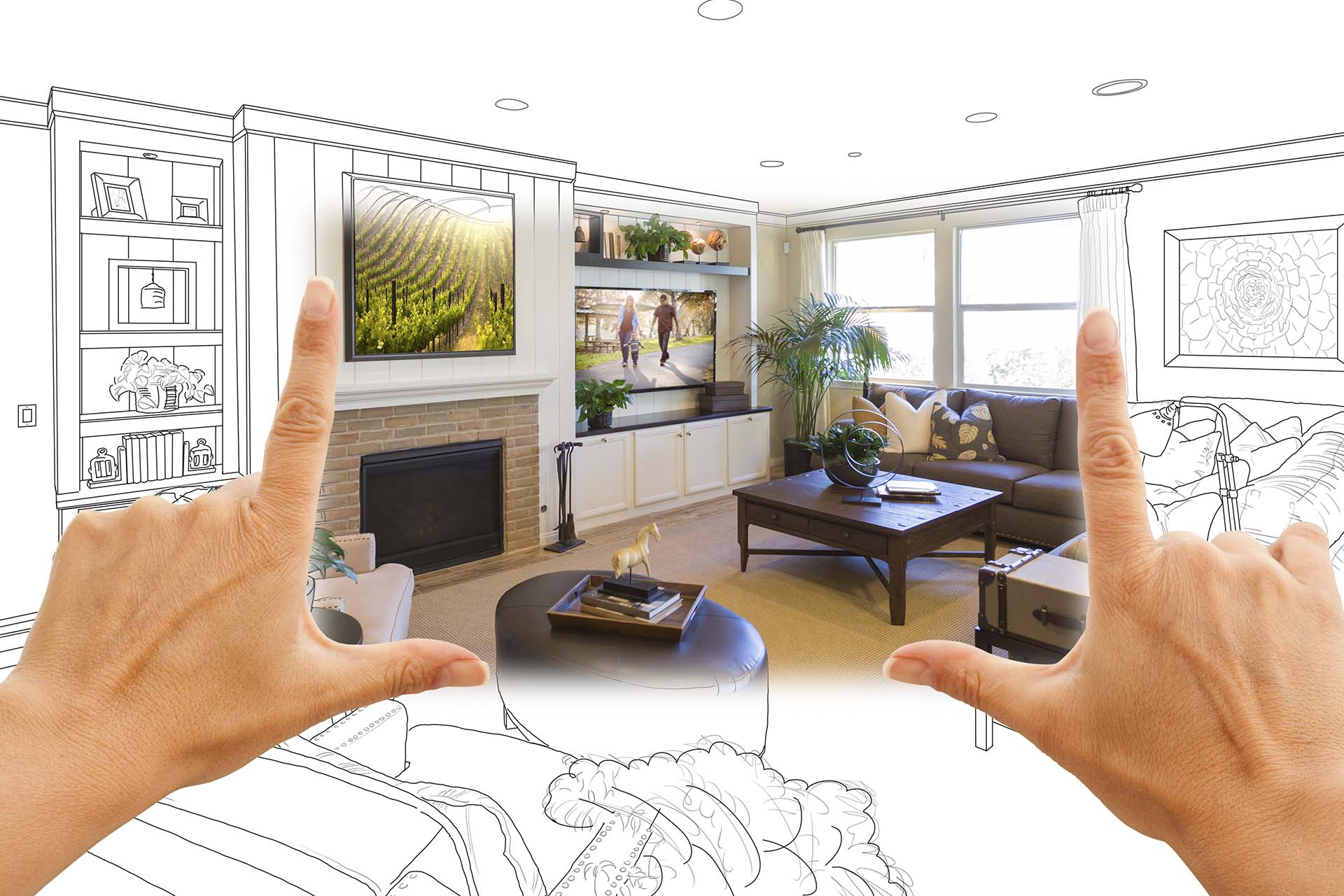Non-Invasive Blood Pressure in Mice and Rats
Over the past 20 years, research scientists have attempted to non-invasively measure mice and rat blood pressure (BP) with varying degrees of success.
The ability to accurately and non-invasively measure the systolic and diastolic blood pressure, in addition to the heart pulse rate and other blood flow parameters in rodents, is of great clinical value to the researcher.
Invasive Blood Pressure, Rat and Mouse Measurement
Direct blood pressure, an invasive surgical procedure, is the gold standard to compare the accuracy of non-invasive blood pressure (NIBP) technologies. Direct blood pressure should be obtained on the rodent’s carotid artery when comparing to NIBP. “Validation in Awake Rats of a Tail Cuff Method for Measuring Systolic Pressure”, Bunag, R.D., Journal of Applied Physiology, Vol 34, Pgs 279-282, 1973.
Radiotelemetry, a highly invasive surgical procedure, is a very reliable blood pressure technology and is also utilized to compare the accuracy of NIBP technologies. Telemetry involves the implantation of radio transmitters in the rodent’s body. This technique is well validated and has excellent correlation with direct blood pressure.
The advantage of implantable radio telemetry is the ability to continuously measure rat and mouse blood pressure in free moving laboratory animals.
The disadvantages of radiotelemetry are: (1) morbidity associated with the initial surgical implantation of the transmitter; (2) morbidity associated with surgery required to replace the battery, which has a short battery life; (3) increase in the animal’s level of stress, especially mice, in relationship to the large, heavy transmitters (2004, ATLA, 4th World Congress, Einstein, Billing, Singh and Chin); (4) abnormal behavior since the animal cannot have social interaction due to the current technology requiring the implanted animal to be isolated, one animal per cage; (5) inability to perform high throughput screening; (6) high cost of the initial equipment set-up and the expensive transmitters that require frequent factory maintenance; (7) cost of material and human resources relating to ongoing surgeries; and (8) the lack of a competitive market resulting in high product and servicing costs.
Non-Invasive Blood Pressure, Rat and Mouse Measurement
The NIBP methodology consists of utilizing a tail cuff placed on the tail to occlude the blood flow. Upon deflation, one of several types of NIBP sensors, placed distal to the occlusion cuff, can be utilized to monitor the rat BP. There are three (3) types of NIBP sensor technologies: photoplethysmography, piezoplethysmography and Volume Pressure Recording. Each method will utilize an occlusion tail-cuff as part of the procedure.
1. Photoplethysmography
The first and oldest sensor type is Photoplethysmography (PPG), a light-based technology. The purpose is to record the first appearance of the pulse while deflating the occlusion cuff or the disappearance of pulses upon inflation of the occlusion cuff. Photoplethysmography utilizes an incandescent or LED light source to record the pulse signal wave. As such, this light-based plethysmographic method uses the light source to illuminate a small spot on the tail and attempts to record the pulse.
Photoplethysmography (PPG) is relatively inaccurate since the readings are based solely on the amplitude of a single pulse and can only imprecisely measure the systolic blood pressure and the heart beat. There are many limitations to a light-based technology, such as: (1) over-saturation of the BP signal by ambient light; (2) extreme sensitivity to the rodent’s movement (motion artifact); and (3) the difficulty in obtaining adequate mice blood pressure signals in dark skinned rodents (Pigmentation Differentiation). Light-based sensors also cause tail burns from close contact and prolonged exposure.
Diastolic blood pressure cannot be measured by photoplethysmography since the technology records only the first appearance of the pulse. If the diastolic BP is displayed on the photoplethysmographic instrumentation, it is only an estimation that is calculated by a software algorithm rather than a true measurement.
Additional variability and inaccuracy occurs in PPG devices that rely on obtaining readings during occlusion cuff inflation.
Occlusion cuff length is also another source of variability and inaccuracy. Occlusion cuff length is inversely related to the accuracy of the blood pressure. Long cuffs, predominantly in most photoplethysmographic devices, record lower than the actual blood pressure measurements.
These limitations severely compromise the consistency, dependability and accuracy of the NIBP measurements obtained by devices that utilize light-based/LED photoplethysmographic technology.
The photoplethysmography method correlates poorly with direct blood pressure measurements and is the least recommended sensor technology for NIBPe in rodents, especially mice.
2. Piezoplethysmography
The second NIBP sensor technology is piezoplethys-mography. Piezoplethysmography and photoplethysmography require the same first appearance of a pulse in the tail to record the systolic blood pressure and heart rate.
Both plethysmographic methods have similar clinical limitations. Whereas photoplethysmography uses a light source to attempt to record the pulse signal, piezoplethysmography utilizes piezoelectric ceramic crystals to do the same. From a technical point of view, piezoplethysmography is far more sensitive than photoplethysmography since the signal from the sensor is the rate of change of the pulse rather than just the pulse amplitude. Therefore, even extremely small mice with high velocity pulses will generate a sufficient signal to be detected with simple amplifiers.
Piezoelectric sensors are more accurate than light-based/LED sensors but the same plethysmographic limitations continue to produce inaccuracies in blood pressure measurements. On a positive note, the skin pigment of the rodent is not a measurement issue with piezoplethysmography as with photoplethysmography.
Although piezoplethysmography is better than photoplethysmography, both non-invasive tail-cuff blood pressure technologies correlate poorly with direct blood pressure measurements.
3. Volume Pressure Recording
The third sensor technology is Volume Pressure Recording (VPR). The Volume Pressure Recording sensor utilizes a specially designed differential pressure transducer to non-invasively measure the blood volume in the tail. Volume Pressure Recording will actually measure six (6) blood pressure parameters simultaneously: systolic, diastolic, mean, heart pulse rate, tail blood volume and tail blood flow.
Since Volume Pressure Recording utilizes a volumetric method to measure the blood flow and blood volume in the tail, there are no measurement artifacts related to ambient light; movement artifact is also greatly reduced. In addition, Volume Pressure Recording is not dependent on the animal’s skin pigmentation. Dark-skinned animals have no negative effect on Volume Pressure Recording measurements. Very small, 10-gram C57/BL6 black mice are easily measured by the Volume Pressure Recording method.
Special attention is afforded to the length of the occlusion cuff with Volume Pressure Recording in order to derive the most accurate blood pressure readings.
Volume Pressure Recording is the most reliable, consistent and accurate method to non-invasively measure the blood pressure in mice as small as 10 grams to rats greater than 950 grams.
In an independent clinical validation study conducted in 2003 at Yale University, New Haven, Connecticut, Volume Pressure Recording correlated 99 percent with direct blood pressure:
“Volume Pressure Recording is excellent. It is very accurate and dependable. We performed experiments on temperature-controlled, adult rats and the non-invasive blood pressure measurements showed almost perfect correlation with invasive blood pressure measurements. We are very pleased with the results.”
Numerous published research papers are available validating the accuracy, reliability and consistency of Volume Pressure Recording. See the Clinical Bibliography section.
Rodent Holders, Rat and Mouse
The ideal animal holder should comfortably restrain the animal, create a low-stress environment and allow the researcher to constantly observe the animal’s behavior. A trained rat or mouse can comfortably and quietly remain in the holder for several hours.
It is very beneficial to incorporate a darkened nose cone into the rodent holder to limit the animal’s view and reduce the level of animal stress. The animal’s nose will protrude through the front of the nose cone allowing for comfortable breathing. The tail of the animal should be fully extended and exit through the rear hatch opening of the holder.
The proper size animal holder is essential for proper blood pressure measurements. If the holder is too small for the animal, the limited lateral space will not allow the animal to breathe in a relaxed fashion. The animal will compensate by elongating its body, thereby creating a breathing artifact. A breathing artifact will cause excessive tail motion and undesirable blood pressure readings.
Animal Body Temperature, Rat and Mouse
A NIBP system should be designed to comfortably warm the animal, reduce the animal’s stress and enhance blood flow to the tail.
The rodent’s core body temperature is very important for accurate and consistent blood pressure measurements. The animal must have adequate blood flow in the tail to acquire a blood pressure signal. Thermo-regulation is the method by which the animal reduces its core body temperature, dissipates heat through its tail and generates tail blood flow.
Anesthetized animals may have a lower body temperature than awake animals so additional care must be administered to maintain the animal’s proper core body temperature. An infrared warming blanket or a re-circulating water pump with a warm water blanket is the preferred method to maintain the animal’s proper core body temperature. The animal should be warm and comfortable but never hot. Extreme care must be exercised to never overheat the animal.
Warming devices such as hot air heating chambers, heat lamps or heating platforms that apply direct heat to the animal’s feet are not advisable to maintain the animal’s core body temperature. These heating devices will overheat the animal and increase the animal’s respiratory rate, thereby increasing the animal’s stress level. These conditions will elicit poor thermo-regulatory responses and create inconsistent and inaccurate blood pressure readings.
Environmental Temperature
The proper room temperature is essential for accurate blood pressure measurements. The room temperature should be at or above 26C. If the room temperature is too cool, such as below 22C, the animal will not thermo-regulate, tail blood flow will be reduced and it may be difficult to obtain blood pressure signals. A cold steel table or a nearby air conditioning duct are undesirable during animal testing.
Animal Preparation
The animal should be placed in the holder at least 10 to 15 minutes prior to obtaining pressure measurements. Acclimated animals will provide faster BP measurements than non-acclimated animals. Proper animal handling is critical to consistent and accurate blood pressure measurements. A nervous, stressed animal may have diminished circulation in the tail.
Most rodents will quickly adapt to new conditions and feel comfortable in small, dark and confined spaces. Training is not necessary to obtain accurate blood pressure readings, however, some researchers prefer training sessions. Rodents can easily be trained in approximately three days, 15-minutes each day before beginning your experiment.
The animal should be allowed to enter the holder freely. After the animal is in the holder, adjust the nose cone so the animal is comfortable but not able to move excessively. The animal should never have its head bent sideways or its body compressed against the back hatch. The animal’s temperature should be monitored throughout the experiment.
Conclusion
Tail-cuff NIBP measurements can be consistent, accurate and reproducible when studying awake and anesthetized mice and rats. In addition, multiple animal testing is very cost-effective for large scale, high throughput screening. Care must be exercised to properly handle the animals. Training the animals and monitoring the animal’s temperature may also be beneficial.
The volumetric pressure recording method provides the highest degree of correlation with telemetry and direct blood pressure and is clearly the preferred tail-cuff sensor technology.
NIBP devices that utilize Volume Pressure Recording are a valuable tool in research and will continue to be beneficial in many study protocols. The main advantages are: (1) they require no surgery; (2) they are significantly less expensive than other blood pressure equipment, such as telemetry; (3) they can screen for systolic and diastolic BP changes over time in large numbers of animals; and (4) they provide the researcher with the ability to obtain accurate and consistent blood pressure measurements over time in long-term studies.





